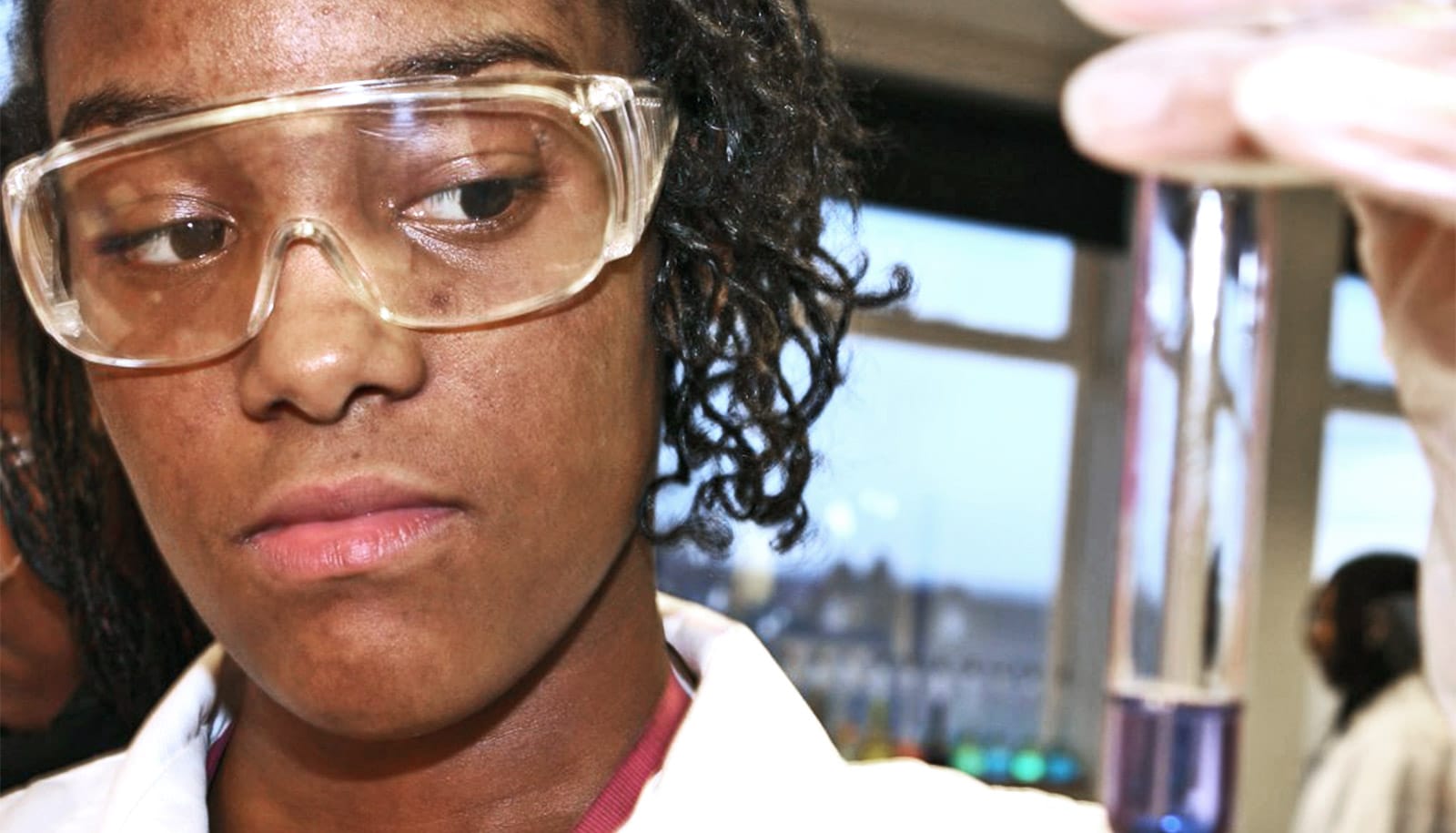Higher academic achievement in math or science among men doesn’t cause the gender disparity in physics, engineering, and computer science majors, according to a new study.
While some STEM majors have a one-to-one male-to-female ratio, physics, engineering, and computer science (PECS) majors consistently have some of the largest gender imbalances among US college majors—with about four men to every woman in the major.
“Physics, engineering, and computer science fields are differentially attracting and retaining lower-achieving males, resulting in women being underrepresented in these majors…
In a new study in Science, New York University researchers report that men with very low high-school GPAs in math and science and very low SAT math scores were choosing these math-intensive majors just as often as women with much higher math and science achievement.
“Physics, engineering, and computer science fields are differentially attracting and retaining lower-achieving males, resulting in women being underrepresented in these majors but having higher demonstrated STEM competence and academic achievement,” says Joseph R. Cimpian, lead researcher and associate professor of economics and education policy at NYU Steinhardt.
Cimpian and his colleagues analyzed data from almost 6,000 US high school students over seven years—from the start of high school into the students’ junior year of college. When the researchers ranked students by their high-school math and science achievement, they noticed that male students in the 1st percentile were majoring in PECS at the same rate as females in the 80th percentile, demonstrating a stark contrast between the high academic achievement of the female students majoring in PECS compared to their male peers.
“Our results suggest that boosting STEM confidence and earlier career aspirations might raise the numbers of high-achieving women in PECS…”
The researchers also reviewed the data for students who did not intend to major in PECS fields, but later decided to. They found that the lowest achieving male student was as least as likely to join one of these majors as the highest achieving female student.
The US Department of Education collected the rich dataset the researchers used, and it contained measures of many factors previously linked to the gender gap in STEM. The researchers tested whether an extensive set of factors could explain the gender gap equally well among high, average, and low achieving students.
While the gender gap in PECS among the highest achievers could be explained by other factors in the data, such as a student’s prior career aspirations and confidence in their science abilities, these same factors could not explain the higher rates of low-achieving men in these fields.
This new work suggests that interventions to improve gender equity need to become more nuanced with respect to student achievement.
“Our results suggest that boosting STEM confidence and earlier career aspirations might raise the numbers of high-achieving women in PECS, but the same kinds of interventions are less likely to work for average and lower achieving girls, and that something beyond all these student factors is drawing low-achieving men to these fields,” says Cimpian.
“This new evidence, combined with emerging literature on male-favoring cultures that deter women in PECS, suggests that efforts to dismantle barriers to women in these fields would raise overall quality of students,” continues Cimpian.
Funding for the study came through an Institute of Education Sciences (IES) Predoctoral Interdisciplinary Research Training Grant to New York University.
Source: NYU



